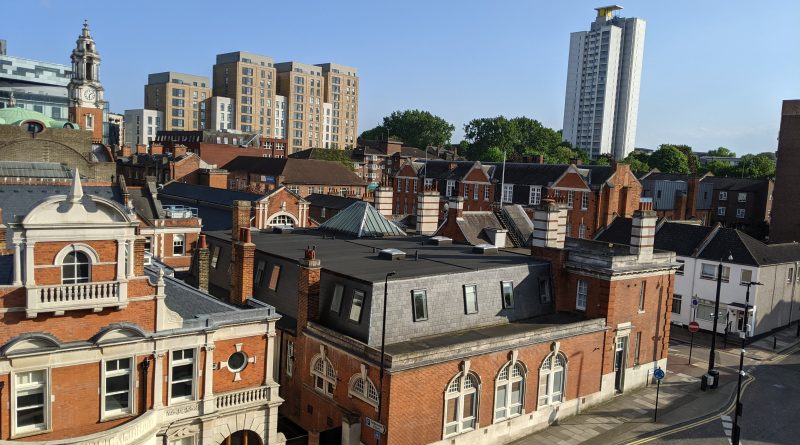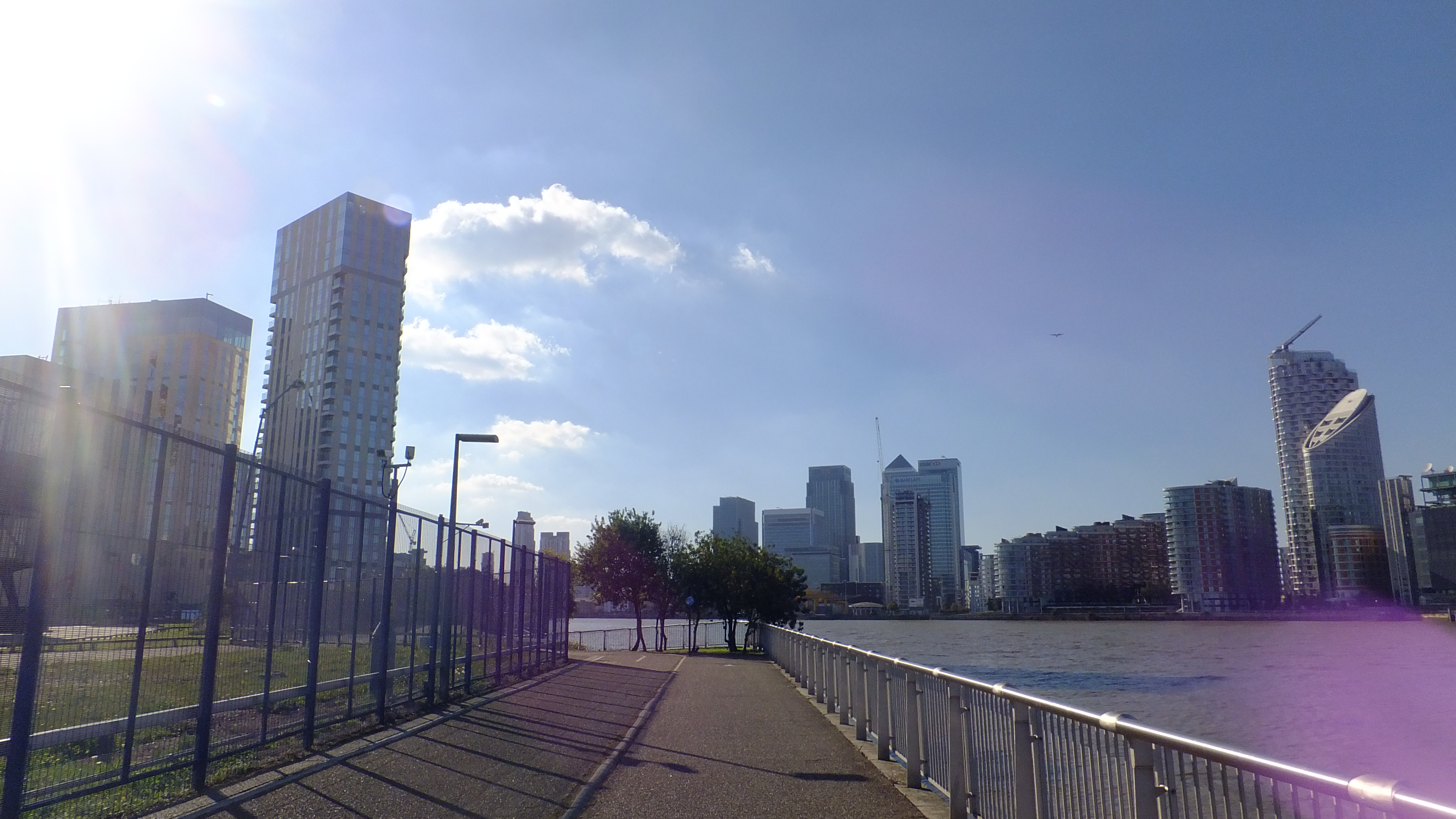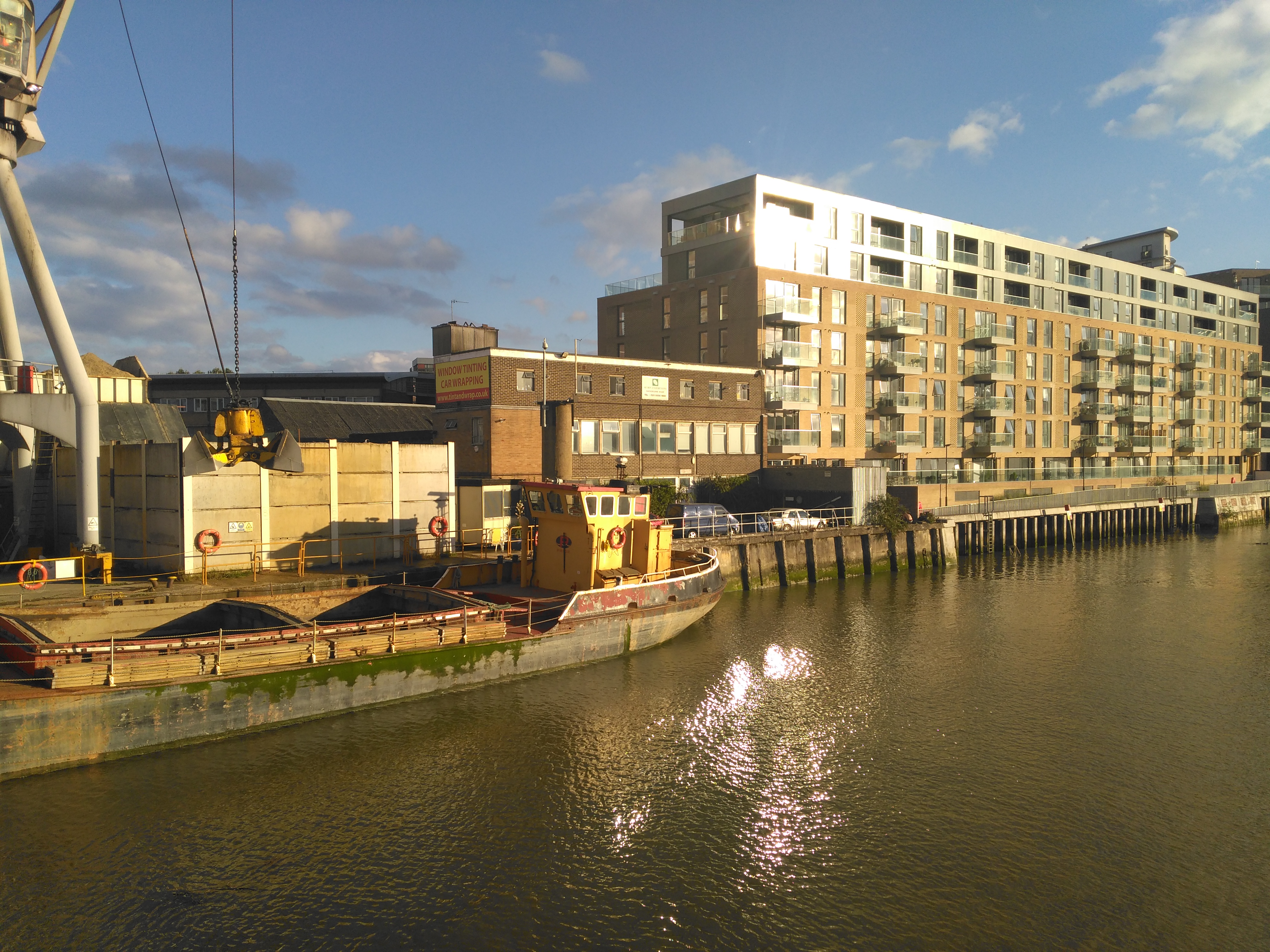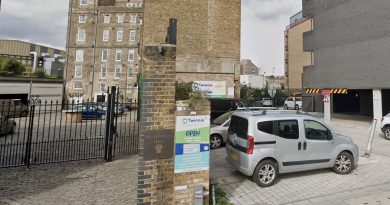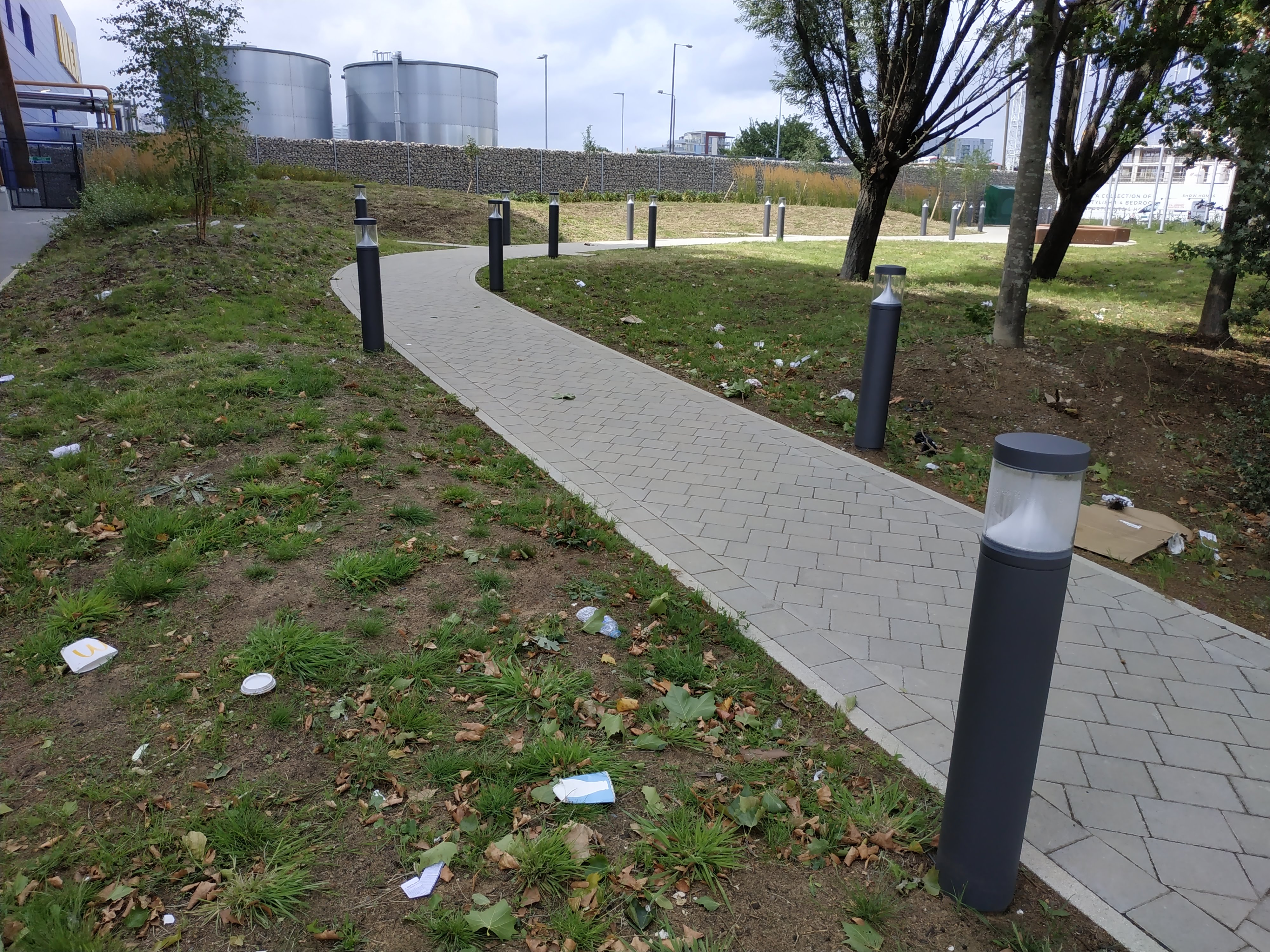Greenwich seek more funding from developers: Are rates still too low?
In recent weeks Greenwich Council have revealed plans to finally revise the level of funding placed from developers after significantly trailing many London authorities on income by millions over the past decade.
These measures are running around five years late and counting. When the Community Infrastructure Levy was adopted in 2015 the authority stated they would review in 2018. They never did.

That was despite already falling far short of estimated income levels once the scheme begun.
Despite missing their own target of £27.5 million by 2021, they never revised rates as they sunk to the bottom of all London authorities in 2020/21 despite high levels of housebuilding.

By 2021 they’d only raised £9.7 million instead of a predicted £27.5 million. This was far, far below most London councils.
Over the past year the council asked BNP Paribas to draw up a report on altering levels charged. Changes are modest. In some cases they don’t seek to change at all in areas such as hotels and student accommodation, despite levels for the latter being far below nearby boroughs such as Newham and Tower Hamlets.
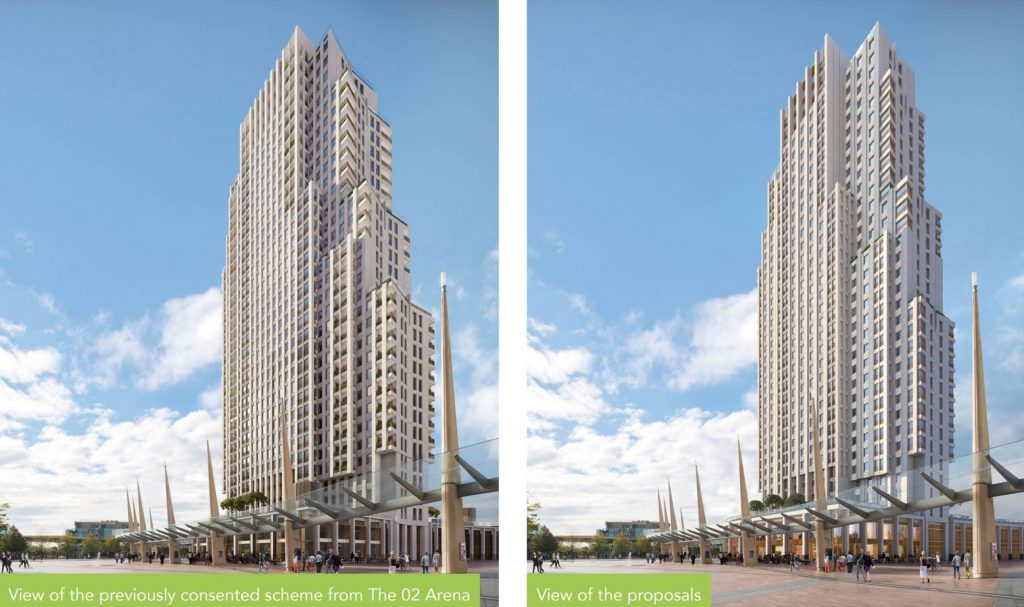
As an example, student accommodation totals in Greenwich are set at £89.09 per square metre compared to £189 psqm in Newham and £447.31 in Tower Hamlets.
Bromley is £150 psqm with Haringey at £265 psqm. Lambeth is £400 psqm.
With student towers now proposed in areas such as Greenwich town centre and North Greenwich (zone 2) just a few minutes rail or tube ride from central London, that appears a very low rate. Greenwich Council could adopt varying rates depending on location. Prime areas would pay more to benefit local services as seen in Lambeth, to give one example, vary hotel rates:
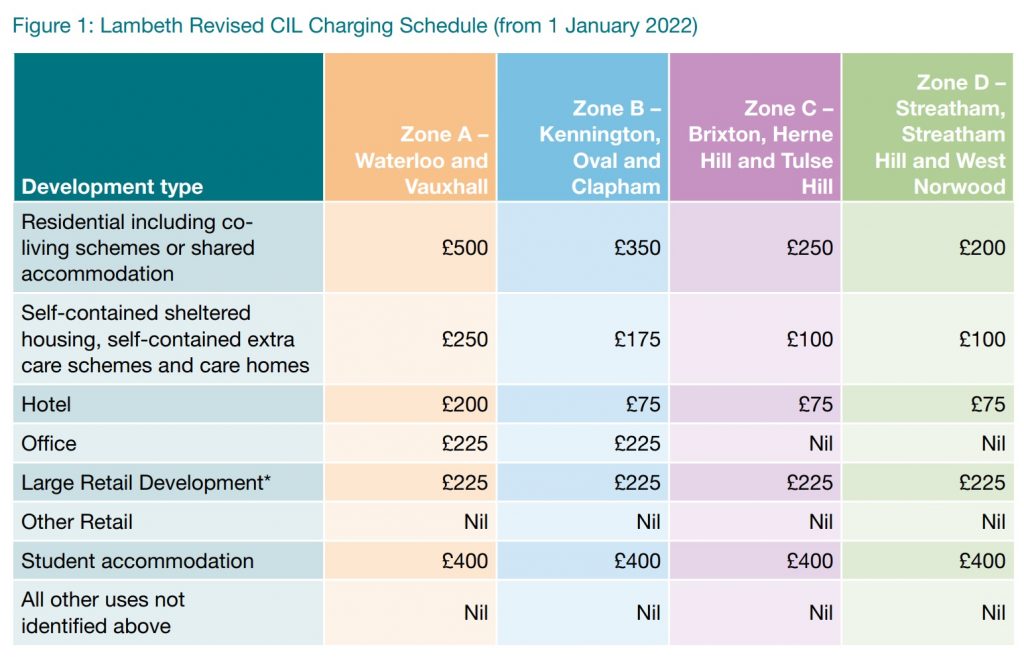
Hotel rates are set at £137.07 per square metre in Greenwich and would stay the same except for annual inflation increases. Newham’s hotel rate was £166.69 per sq metre in 2022 and will be higher this year. The sheer number of hotels and high demand in Greenwich show scope for increased rates. When Greenwich’s Planning Board approved a hotel expansion plan in Greenwich earlier this month in the town (with a World Heritage Site) an argument from the developer was high demand for hotels, so why adopt a rate lower than boroughs such as Newham?

Tower Hamlets’ rate was £190 per square metre in 2020, so after inflation the 2023 level will be somewhat higher.
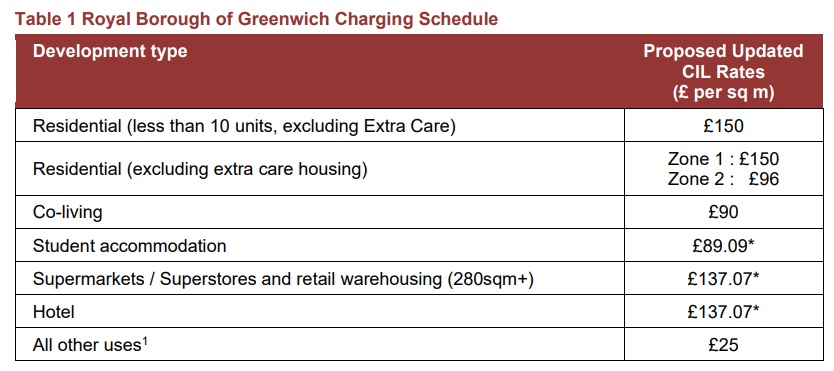
I could list boroughs all day, but rest assured Greenwich Council trailed many London boroughs over the past decade and will do so again if they maintain low rates for hotels and student accommodation, much as they have for residential development since 2015 costing much in potential income.
Some boroughs may be lower for, say, hotels, but compensate with higher residential rates. Where Greenwich stand out are low levels across various types of development.
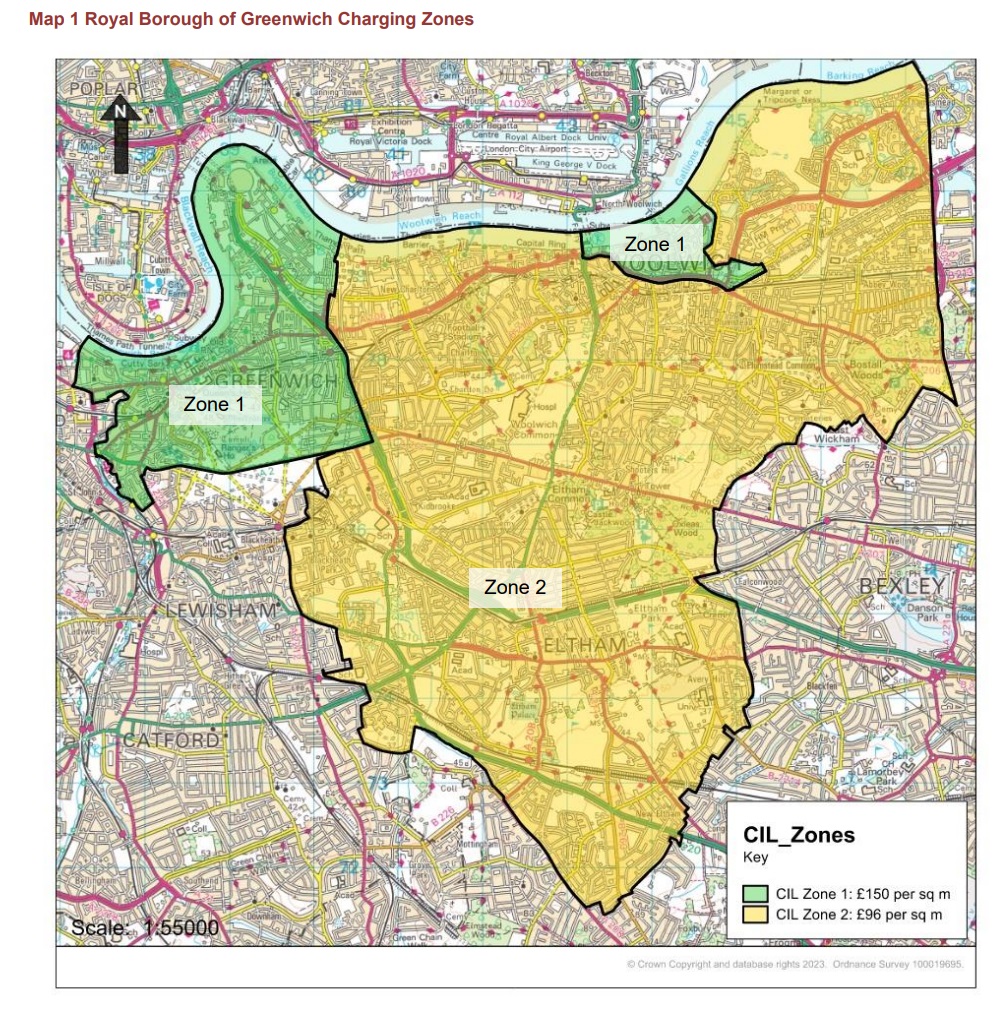
It should also be noted that Lewisham Council are sometimes – and naturally – held up as a comparable borough yet like Greenwich they’ve also failed to revise rates for many years since adoption. They begun, then stopped in 2018 and havn’t moved ahead. It’s not a good example of maximising what is possible. Many other boroughs have revised rates since initial adoption up to a decade ago.

Decade of missed opportunity
The new report estimates £33.4m income by 2027/28, but then as stated the prediction in 2015 was badly wrong.
The past ten years of failure has cost everyone in the borough. Cumulative CIL income totals since 2015 show the council falling tens of millions short of other London boroughs such as Brent.
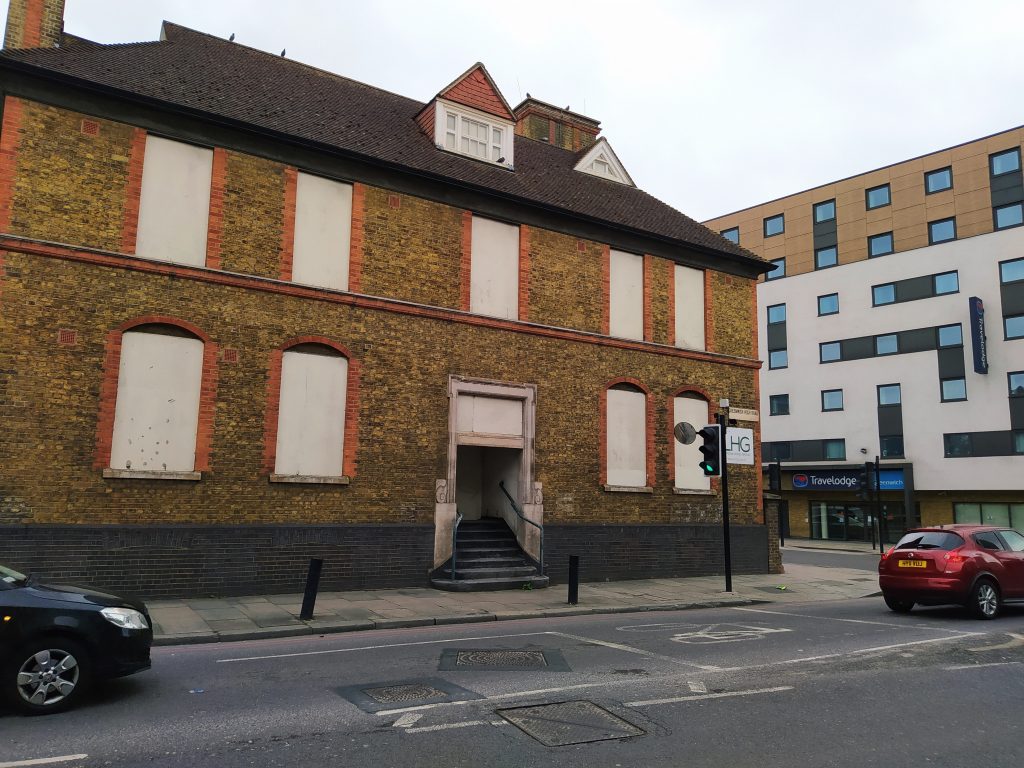
One key reason was the authority opted for very low rates levied upon residential developers in much of the borough. In advance of 2015 adoption, the planning examiner stated they must adopt a rate of £40 per square metre in the east of the borough but the option was there to go much higher in other prime parts according to a Viability Report drawn up at the time. Instead the council opted for an extremely low rate of £70 psqm in areas such as Greenwich town centre and plots beside the Thames.
That was a key mistake. Some boroughs have had three zones. Greenwich wanted one, were forced to have two but didn’t mitigate the lower £40 psqm rate in the east with higher in areas of strong land values and high demand such as Greenwich town centre.
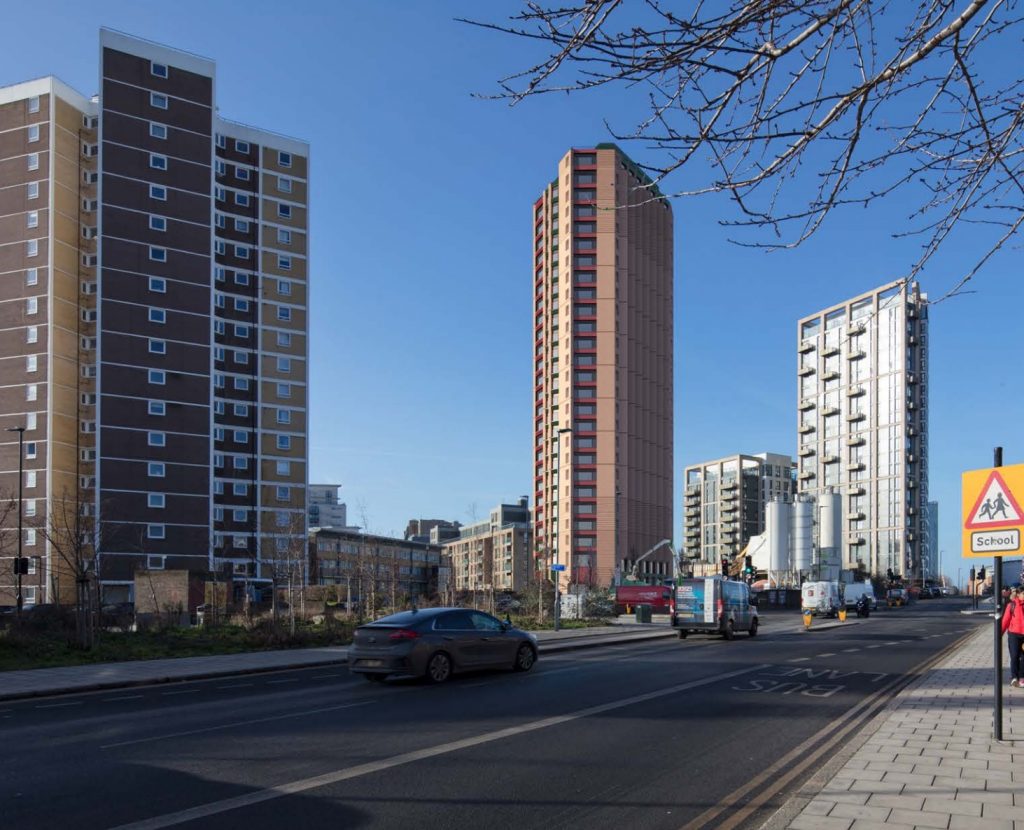
And now they still aren’t going to capitalise on certain areas, particularly for hotels and student accommodation. It’s squandering a key source of revenue and with the council’s leaders often highlighting cuts from Westminster (we heard it again last night) why have they not maximised potential revenue?
Greenwich have liked to blame the need to fund Woolwich station costs for no funding available for other projects, and while that was as unfair charge (nowhere else in London had to do similar) if Greenwich had chosen a higher CIL rate even close to standard London rates for Zone 2-3 sites – either in 2015 or revised in 2018 when it was clear income was far short of expectations – that cost would have been paid off some years ago and thus seen funding for numerous services and projects.
So what have Greenwich missed out on? Well, CIL can fund a wide range of services. From small scale projects such as tree planting to community centres, transport, parks, healthcare and education.
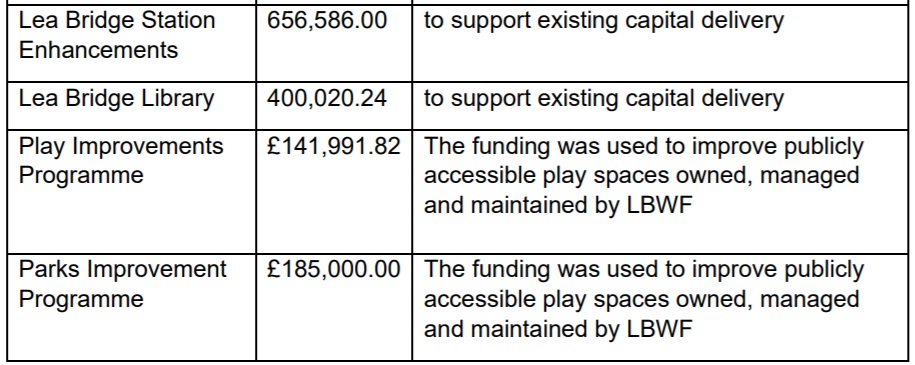
It’s important to also clarify borough CIL is split into three amounts. A smaller amount which is either 15 per cent or 25 per cent of the total depending on borough (Greenwich go with 15 per cent – the minimum by law) which is spent locally. Then another larger strategic pot of 80 per cent with an administrative total of five per cent.
Proposed rates for residential levels are now up for consultation and not a done deal. Yet Greenwich seem happy to keep low levels for hotels and student housing.
With lower rates than many London boroughs offering similar opportunities (covering zones 2-4 with good transport links such as the tube in North Greenwich, Elizabeth line in Woolwich and Abbey Wood or DLR and rail in Greenwich) there’s a decent case to be made that two rates of CIL could apply.
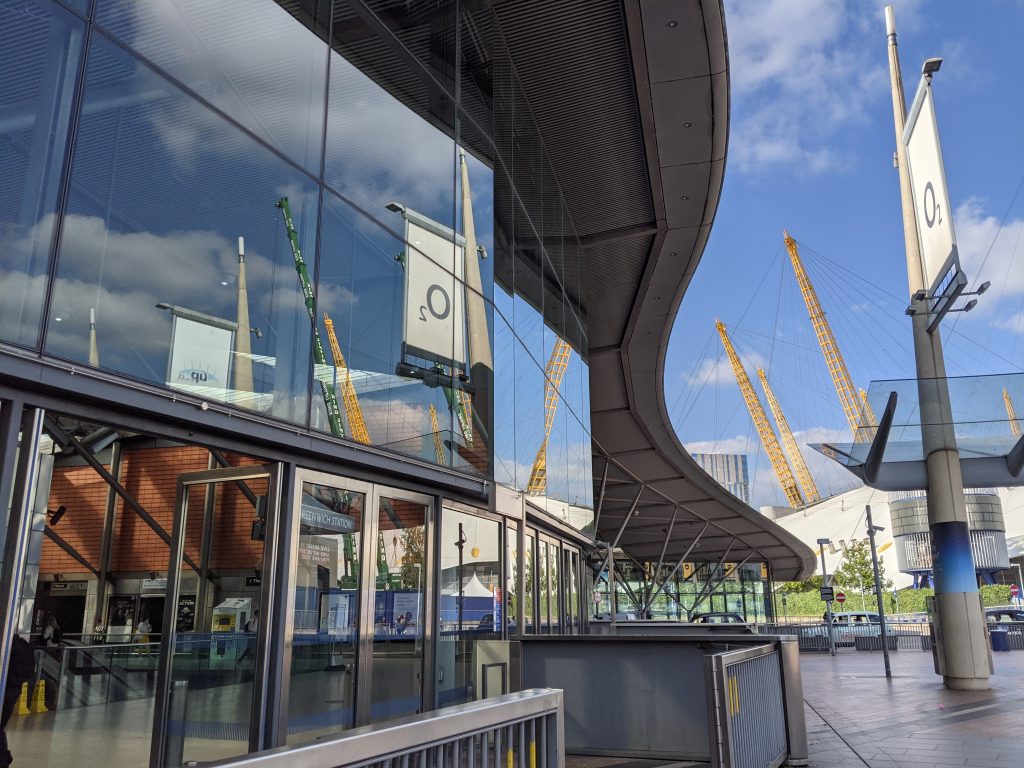
Much of the borough benefits from excellent transport links. Abbey Wood is now just nine minutes from Canary Wharf. Woolwich is 14 minutes from the City. North Greenwich is two minutes from Canary Wharf and eight minutes from London Bridge, as is Greenwich town centre by train.
Other boroughs with similar if not worse transport are going higher and have still seen high levels of development. Greenwich could too. If they don’t, more potential revenue will be lost and mistakes of the past decade could continue into coming years.
